Review for Ciao! Manhattan
I’ve long wanted to see ‘Ciao! Manhattan’. I’ve seen a number of ‘Factory’ related films (the ‘Factory’ the name given to Andy Warhol’s New York working space where artistic, bohemian comrades; film-makers, artists, musicians, models, drag queens and drug enthusiasts, would gather for his amusement and companionship, as well collaborating on projects, and film in particular). However, this didn’t prepare me for ‘Ciao! Manhattan’ which, unlike many of those arguably amateurish, art-house earlier works, plays out more like a cross between a Russ Meyer film and a serious documentary.
Edie Sedgwick, muse to Warhol, actress, model, socialite and the original ‘It Girl’, is arguably as entwined with sixties pop-culture as Twiggy. Elfin, thin and unarguably beautiful, she looked at odds with the freaks, hippies and art-crowd she befriended in New York. Attracted by the fast moving, amphetamine fuelled lifestyle, as well as the bohemian, sideways look at society, she became booth the symbol and spokesperson, and one of Warhol’s biggest ‘superstars’.
The ‘Ciao! Manhattan’ project started life in 1967, but by the time it was completed (in 1971) Edie was fairly strung out and arguably not in the best state of mind to continue. Whilst the story is clearly a version of her own life, it is nonetheless, a ‘fictional’ tale of ‘Susan Superstar’ and as a result it’s hard to tell whether she really was in the bemused, drug addled state she appears to be in or was merely acting.
Some archival footage is used of ‘Susan Superstar’ (Edie) in a TV interview with Andy Warhol where she appears to be bright, sparkly and highly articulate. That’s not the Edie we see later; the daughter of a wealthy West Coast family, living by her parents empty swimming pool, surrounded with posters and male servants. She is also topless most the time, apparently insisted upon by Edie who was keen to show her recently acquired breast implants – a procedure in its infancy at the time and probably horribly dangerous.
The film was written and directed by Factory regulars John Palmer and David Weisman. Desperately trying to piece together elements shot over several years, and link them with a tenuous central story, involving a young hippy from Texas, in the West Coast for kicks, who happens upon ‘Susan’ as she staggers into the road, topless, hitch-hiking. Early footage was shot in black and white (as was befitting the cool Factory period) but the later material shot in saturated, highly polished colour, rather like the lurid approach deployed by Russ Meyer in his 70’s films.
We get to know ‘Susan’ through the eyes of the young Texan (played by Wesley Hayes) after he is employed by the mother to teach Susan how to make a UFO (which was his answer when she asks what his plans are for the future).
There is an impending sense of doom to the film; that Susan is on self-destruct and completely out of control. Sadly, this too mirrored real-life with Edie dying at the age of 28 just a few months before the film’s completion.
It’s a fabulous watch, if a little depressing when the realisation that it is neither fiction nor non-fiction. The reality of Edie’s death lends the film a slight sense of celebrity voyeurism, and it’s not clear how she would have felt about the finished film which does seem to shred much of her dignity – possibly something she was aware of, but even the possibility that she might not have been leaves a slight sense of distaste. The film is a car crash in slow motion; horribly fascinating and entertaining, but possibly edging towards the exploitative.
Fans of the factory scene will enjoy seeing the archival footage of Warhol and other factory artists (though The Velvet Underground are spectacularly absent). Paul America, Baby Jane Holzer, and Brigid Polk all appear, as does Beat poet Allen Ginsberg, nakedly stomping his way around a happening. ‘Barberella’ director Roger Vadim appears briefly as Susan’s doctor as he was hanging around the swimming pool set on a daily basis with his mum, who apparently enjoyed the bohemian antics as much as he did.
Image quality varies from surprisingly excellent (the scenes around the pool are expertly shot, for example) to grubby and grainy, when archival TV is used for example. This Blu-ray edition males the good sequences look great.
Special features abound, starting with ‘The lost Ciao! Manhattan reels’ which show additional footage which remained unused in the finished edit, with whole chunks of filmed narrative never making the final cut.
There’s a really fun and informative feature commentary by co-directors John Palmer and David Weisman along with actor Wesley Hayes, all of whom held Edie in high esteem.
There are also interviews with Sedgewick biographer and personal friend, George Plimton as well as with costume designer Betsey Johnson, and co-director David Weisman who all agree that Edie was misunderstood and possibly mis-represented by the media.
There’s an interview with Wesley Hayes, possibly filmed 10 years or so go, where he looks in great shape and has deep perspective on the film and on working with Edie, clearly still considered an incredible privilege.
The disc also comes with the original trailer.
‘Ciao! Manhattan’ is a fascinating mess of a movie, though far more watchable (and enjoyable) than it might sound, somehow working despite its inherent handicaps. This edition is an excellent one with an excellent transfer and a ton of contextual extras that make it well worth picking up.
I’ll leave you with this, The Cult’s tribute to Edie: Edie (Ciao Baby!)
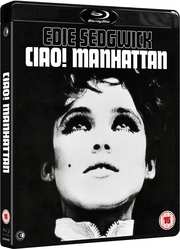


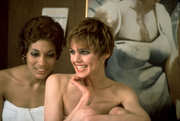









































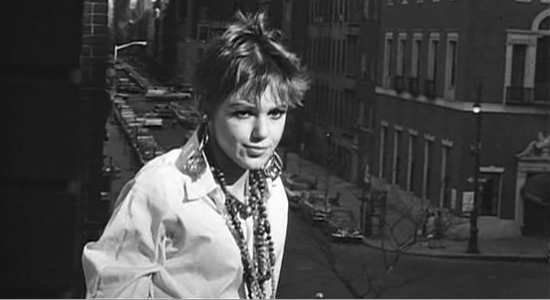
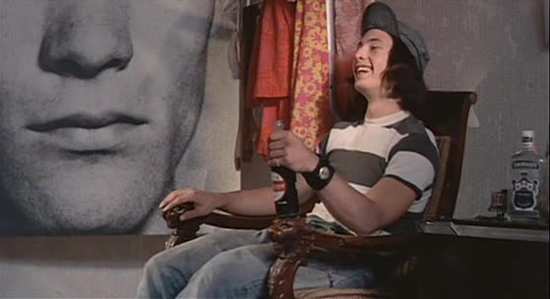
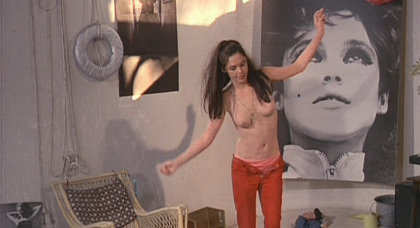
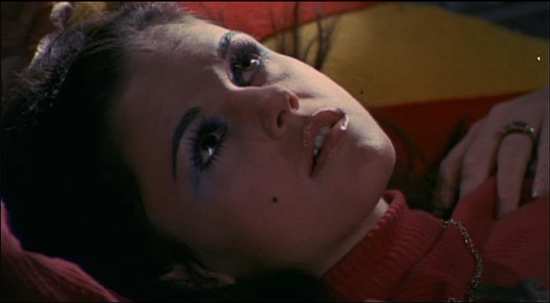

Your Opinions and Comments
Be the first to post a comment!